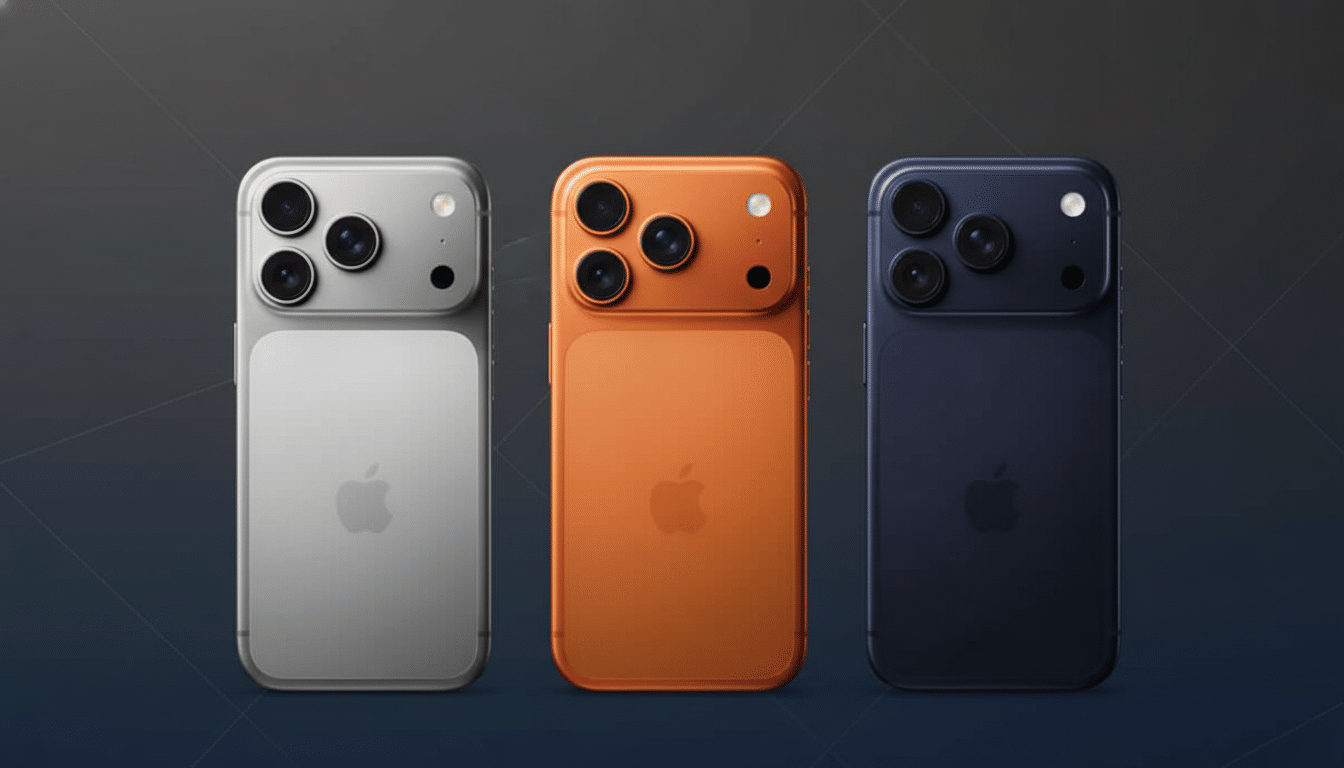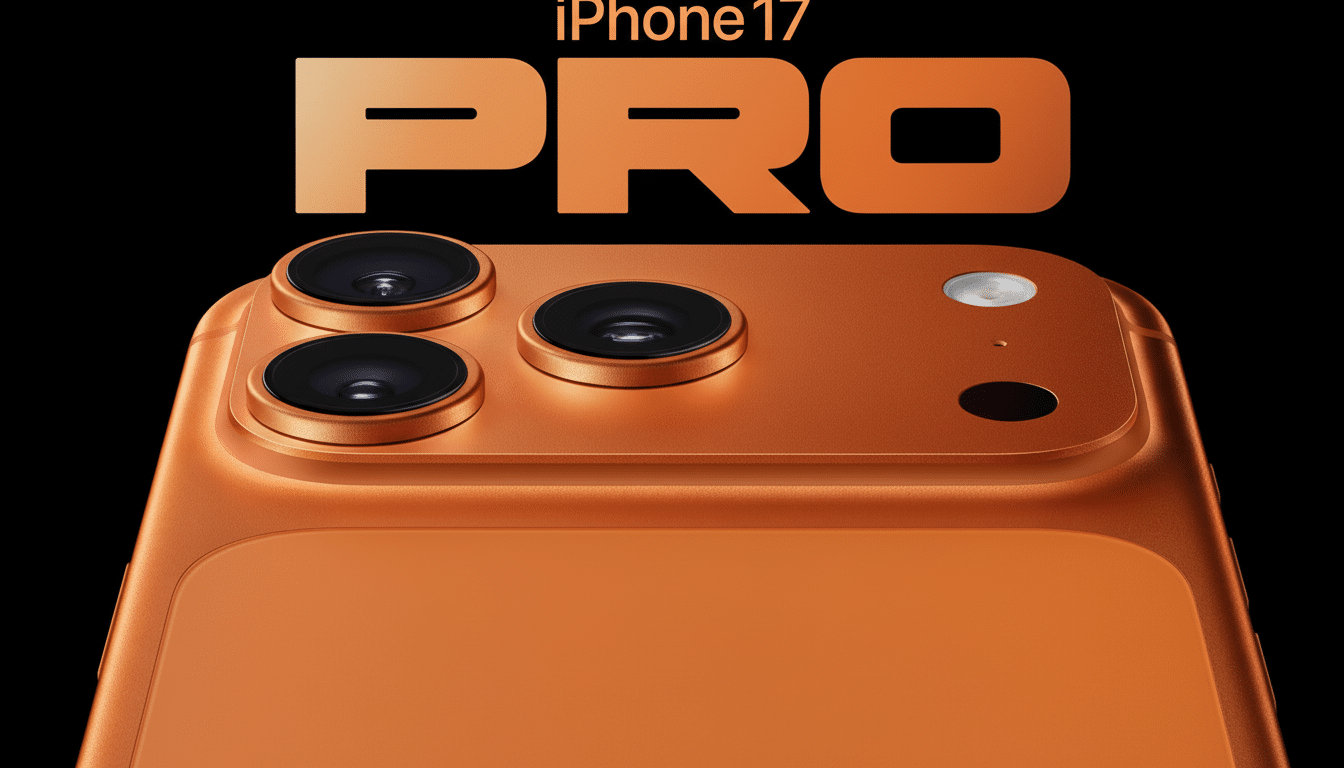I have been daily-driving an iPhone 16 Pro and fully planned to push it another year. Then Apple introduced the iPhone 17 Pro, and a couple of small details reset my internal cost–benefit device. If you’re not sure whether the jump from a 16 Pro to a 17 Pro is worth it, here’s how I’m justifying the leap — and where I’d still recommend restraint.
The camera leap: reach, detail and flexibility
Apple is marketing the 17 Pro as its most versatile on the system yet, with what it calls three of enabling 48MP Fusion cameras — including a 48MP telephoto — and an 56% a ed larger telephoto sensor your eye. On paper, that’s significant: larger sensors capture more light, and more light usually leads to sharper detail and cleaner images in low light.

As the headline implies, you have “eight pro lenses” in your pocket with native focal lengths up to 4x optical at 100mm and even an 8x optical mode at 200mm, the longest reach Apple has offered. For shooting stage performances, field sports or candid travel portraits without moving closer, that extra zoom could mean the difference between an ok shot and a keeper.
The front camera also gets some love. Apple says Center Stage support expands framing for group selfies and that resolution rises to 18MP. For creators who live on Reels or TikTok, more leeway upfront makes a difference: framing is quicker, and subject-tracking should also look more natural in motion.
Will this become the death of all long-zoom camera phones? Lab tests from places like DxOMark will have the final say, but based purely on specs, the 17 Pro’s telephoto seems meaningfully improved. If you’re already satisfied with your 16 Pro photos and you don’t use the camera beyond 3x much, everything here will simply feel fine-tuned. If you’re usually making 5–8x opens, you have a good excuse to go elsewhere.
Battery and performance: power upside
Apple’s most brazen promise is battery life: up to 33 hours of video playback on the 17 Pro, compared to up to 27 hours on the 16 Pro and it says you have iOS 26’s power optimizations to thank, along with the unibody design, which houses a larger battery, and the new A19 Pro chip.
Apple doesn’t post capacity, but the delta would be substantial if it holds true in actual use.
As a heavy multitasker — FaceTime, editing short video, triaging messages and, yes, late-night doomscrolling — battery headroom is breathing room. The 16 Pro still lasts me a day, though not always long. The prospect of that extra buffer, as well as the performance increases and on-device AI/ML efficiency Apple links to A19 Pro, pushes me toward upgrading.
If you’re a lighter user, your 16 Pro probably feels fast and lasts a long time. For you, battery alone is not necessarily a reason to jump off the upgrade train early.

Design and usability: minor changes, bold finishes
The 17 Pro’s camera bar stretches across the width of the phone, similar to some competing flagships, and that could potentially lead to greater stability on a desk as well as allowing more space for the lenses to breathe. Apple also plays up a two-tone back, and the new Cosmic Orange hue is more copper than traffic cone — pretty without being novelty. INPUT>Alternatives: Left errrrrr: Deep Blue (if you want to bring it down a notch or two).
None of this alters what the phone can accomplish, but design influences how a device feels in your hand day in and day out. If you care about grip, pocket feel, and the behavior of the camera module when placed flat, the 17 Pro’s hardware changes are meaningful quality-of-life updates.
Cost, trade-in math and timing
That’s where the spreadsheet comes in.
Third-party resale trackers like SellCell show that 12-month-old Pro iPhones are currently holding a value of about 60% to 75%, depending on storage and condition.
Counterpoint Research has consistently found iPhones retain value better than the majority of Android flagships which can help offset upgrade costs. Carriers also apply special-time bill credits for clean trade-ins on top of all that, slicing your out-of-pocket expense further.
Practically speaking, if you have a well-kept iPhone 16 Pro and secure a good trade-in window, the cost of a jump can be closer to that few-hundred-dollar range than a full MSRP hit. If your battery health still rests at over 90% and you’re not yearning for that new telephoto or battery boost, sitting out another cycle is still the most fiscally responsible decision. Many iPhone owners are now holding onto their phones for about three years; nothing wrong with being part of that herd, either.
My takeaway from a 16 Pro: Who should upgrade
If your work or hobbies veer toward mobile photography — particularly long zoom and low light — the iPhone 17 Pro’s camera system is the first truly material step up from the 16 Pro. Throw in the promised battery bump and A19 Pro efficiency and power users suddenly have real overhead for travel days, event coverage, and creator workflows.
If you shoot mainly between 1x and 3x, and your 16 Pro images are good enough for you, and most days you end up with 20% of your battery left, the smart money says hold.
You will receive more depreciation efficiency by skipping a cycle and re-evaluating next year at what stage the upgrade delta may again have widened.
For me, the trio of reasons — telephoto reach combined with a larger sensor, battery promise and a design that fixes desk wobble — certifies that I’m tipping over the edge. Not that the 16 Pro is suddenly crude or anything, but the 17 Pro is so clearly my use of a phone at the moment.

